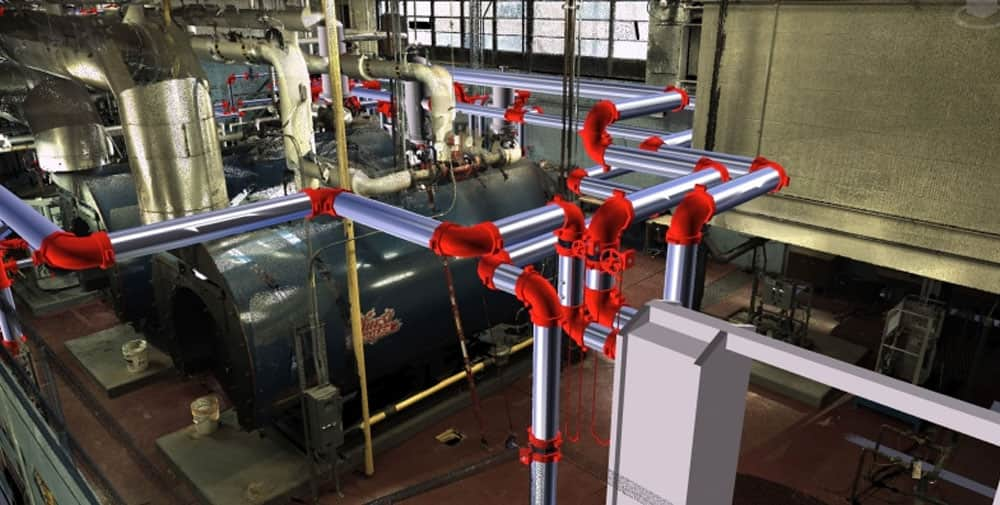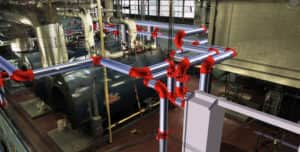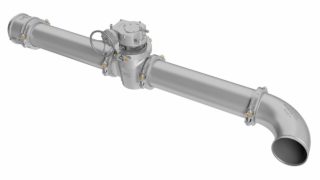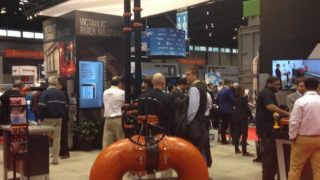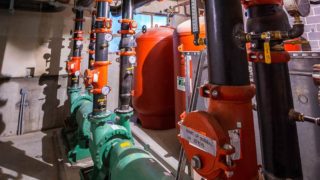Utilizing 3D scanning for retrofit projects is a trend that is becoming ever more common as the movement toward BIM has grown. These scans allow you to save time and labor in the field by eliminating the need for manual measurements and moving toward integrated 3D digital scans. This one person job reduces scanning time by more than 2 days compared to traditional field measurement techniques.
These digital scans are also far more precise than field measurements, and eliminate the need to import models and measurements into 3D software. This reduces the days of QA time previously needed for traditional field measurements, and removes the need for printed documents completely. All of the BIM stakeholders can work off of a consistent digital model throughout the preconstruction timeline.
With all of these mounting reasons to move toward 3D scanning, why would anyone not want to switch? The answer to this cost and time. 3D scanning technology is expensive, and at times cannot be justified for a few retrofit projects. For the larger jobs where the technology makes sense, there may be an immense amount of space to cover, taking days of time away from your teams. In situations such as these, there are regional subcontractors available to help manage this segment of the project. In a recent project, we subcontracted the 3D scanning for a 14,000 square foot facility, segmented into three different areas. It took the team 16 hours, and 40 separate scans to complete the project. The accuracy of the scans (3/8’’ or less) far outweighed the time and cost associated with 3D scanning. The scans were automatically imported into our Revit software, and allowed the team to immediately begin drawing the project.
Whether you are looking to invest in a 3D scanning technology for your office, or subcontract to a 3rd party company, 3D scanning can help eliminate the stress and time associated with traditional field measurements. The accuracy, dependability, and ease of use of these scans make them an easy choice for companies looking to enhance their BIM process, and move their projects forward.
